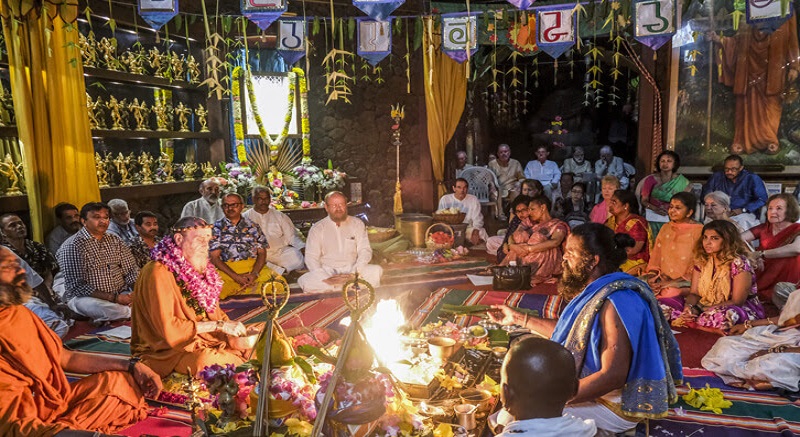Every culture has its own specific idea of conducting a funeral by keeping their beliefs and cultures in mind. Most funerals we see and hear about showcase the surface of the death rituals around the world. By taking a peak into funeral traditions all around the world, it gives us a brief idea about the cultural norms and allows us to gain some perspective on humanity. Additionally, it helps us behave in an appropriate setting, in case there is a chance that we get to attend a funeral in a different county and enables us to appreciate other religious traditions.
By going through the following rituals, we will get an insight on whether certain cultures have changed their traditions over time to adapt to the societal norms or they have maintains their traditions to keep them alive and to respect their values.
Iran
- Funeral rituals in Iran are complex and are carried on for a few days. Their funeral customs are highly shaped by the Islamic belief.
- They follow a strict schedule, which states that the body should be buried within 24 hours of the death.
- To prepare for the burial, the body is washed with water and soap, and then covered with a white cloth for the burial. In the olden days, the body used to be washed publicly but now it is typically done privately. Also, there is not visitation for the body.
- The mourning days are divided into different periods. On the 3rd day, a memorial service is organized with decorations. On the 7th day, people visit the grave and the poor are fed. On the 4th day, the mourners, who have been wearing black, can begin to wear normal clothes.
India
- In India, people mostly follow Hindu funeral traditions. Those of the Hindu faith prefer that the body is kept at home until it is cremated, which is typically within 24 hours. Thereafter, the ashes are scattered in a religious water body or a place that is important to the deceased.
- The mourners can dress casual at the service but the preferred colour is white. Wearing black is an inappropriate act. Certain offerings are made to the gods and goddesses in the presence of a priest to wish for the wellbeing of those who are deceased.
- 10 days after the death, a ceremony is held to wish for the deceased to ascend into heaven and to pray for their peace.
South Africa
- In South Africa, funeral traditions are a way to pay final respects to the ancestors.
- The deceased person’s bed is removed from the rooms and the windows of the house are smeared in ashes. This way the mourners can enter the room to pay respect.
- Post funeral, people are expected to wash off all the dust and dirt from the graveyard before entering their homes to prevent bad luck from entering.
- To bring in a modern aspect, people in South Africa have adapted a new ritual where they have a gathering that involves drinking and joking, to comfort the family members.
Mongolia
- Mongolian funeral traditions are influenced by Buddhist thinking and the rituals are complicated. Similar to Tibetan rituals, Mongolians also believed in “sky burial”. A sky burial is when the deceased person’s body is kept on a high, protected place where the body can be devoured by wildlife.
- However, in modern life, the burial takes place in the ground as well. The casket of the deceased is covered with the flowers that are in colours of mourning: red and black. The grave is also surrounded by clean sand, rice, and milk.
- Mongolians believe in taking away some valuable items of the deceased that may convince them to linger in the world. The family has to figure out the most valuable and used possession. This item is usually destroyed or given away to prevent bad luck.
As culturally diverse the world is, understanding funeral traditions and grief around death analyse how certain values and norms are built on their traditions, allowing us to connect with one another on a deeper level.

